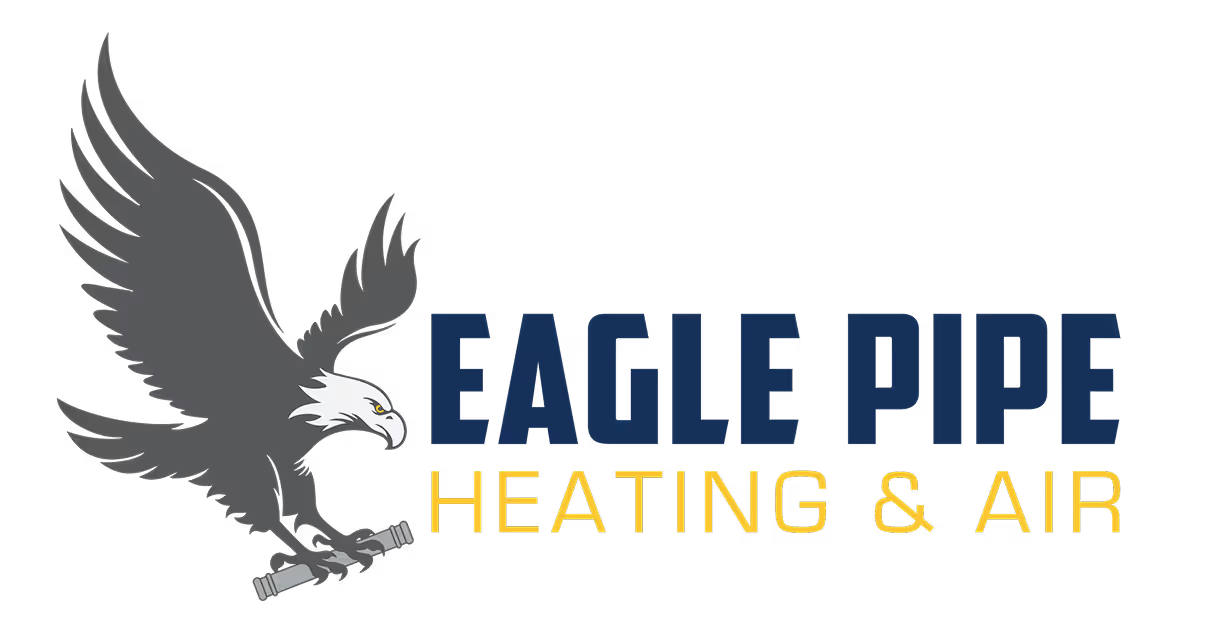Why Your Toilet Keeps Running in Your Bremerton Home

A toilet that won’t stop running can be more than just an annoyance. It can disrupt your day, waste gallons of clean water, and drive up water bills if left unchecked. For many homeowners in Bremerton, this issue seems to come out of nowhere—one day everything’s fine, and the next your bathroom sounds like a constant waterfall. Even if the sound fades during the night, the slow, silent leaks can continue without notice.
Fixing a running toilet might seem straightforward, but there’s often more to it than a loose handle or a jiggled flush lever. Persistent running may signal failed components inside the tank, buildup from hard water, or misalignments that keep the system from resetting after each flush. Knowing what’s going on inside your toilet tank can help you figure out when a small adjustment is enough, and when it’s time to reach out to get the problem taken care of properly.
Common Reasons Your Toilet Won’t Stop Running
When water runs nonstop into the toilet bowl, it usually means one or more internal parts have stopped working the way they should. Toilets today aren’t overly complex, but they're built with multiple moving parts—any of which can fail with time, wear, or mineral buildup from Bremerton’s water supply.
Some of the most common causes include:
- Worn-out flapper: The flapper is a rubber seal at the bottom of the tank. If it doesn't close properly, water keeps leaking into the bowl. Over time, it can crack or warp, especially with frequent use.
- Faulty fill valve: The fill valve manages how much water enters the tank. If it's stuck or damaged, water may continuously flow without stopping at the proper level.
- Misplaced or damaged float: The float controls when the fill valve shuts off. If it’s set too high or gets waterlogged, the tank keeps filling beyond what’s needed.
- Leaky flush valve: If the flush valve isn’t sealing correctly, water will escape even after a normal flush cycle.
- Hard water or mineral buildup: Bremerton homes may deal with water that leaves residue inside the tank. This buildup can prevent valves and seals from working smoothly.
All of these issues can be frustrating, especially when you’ve already replaced parts before or can't easily spot the problem. If you notice the toilet trying to refill when no one has used it recently or if the sound runs for more than 30 seconds after a flush, chances are something is off internally.
Call Us
How To Check For A Toilet That Keeps Running
A few simple checks can help you figure out whether there’s a minor issue or something more serious happening inside the tank. Start by lifting the toilet tank lid and looking while the system flushes. Often, the source becomes clearer once you observe the full cycle.
Here's what to look for:
1. Listen for hissing, trickling, or bubbling sounds. These often point to a faulty fill valve or leaking flapper.
2. Watch the flapper when the tank empties. Does it fall back into place quickly and seal properly?
3. Check the float’s position. If it’s sitting too high, the fill valve might not shut off when it should.
4. See if water is trickling into the bowl even when the tank is full. That means the flapper might be leaking.
5. Look for discoloration or debris at the bottom of the tank or around the seals, which could indicate mineral buildup or worn materials.
If you’ve taken these steps and the toilet still won’t stop running, it might be beyond a simple fix. Sometimes the cause isn’t a single faulty part but a combination of smaller wear points adding up over time. One example we’ve seen in Bremerton homes is a slightly cracked fill valve paired with a warped flapper, which allowed slow leaks and occasional overflows without triggering a full refill. Situations like these are common when parts have aged or haven’t been maintained frequently.
Why Fixing a Running Toilet Shouldn’t Wait
Many homeowners in Bremerton tend to ignore a running toilet for a while, thinking it’s just a small annoyance. But that steady flow of water can do more harm than expected. For starters, your water bill can slowly climb as wasted water adds up over days or weeks. Even if the noise sometimes stops, it’s often a sign that water is quietly leaking through worn or misaligned parts.
Beyond the utility bill, there’s the risk of long-term wear on bathroom fixtures and materials. The continual moisture around the base of the toilet or inside nearby cabinets can eventually cause water damage. Baseboards can swell, subflooring may weaken, and mildew can form behind the toilet. All of that leads to bigger repair costs and more disruption.
There’s also the matter of environmental waste. Even small leaks can add up across multiple homes, stretching city water resources and raising costs overall. Fixing the issue as early as possible cuts down on waste and reduces the chances of needing more complex repairs later.
When To Call Our Professional Plumbers In Bremerton
If you've adjusted the float, replaced the flapper, or tried parts from the hardware store and the toilet still won't stay quiet, it's time to bring in help. Some issues require more than a quick fix. Signs that point to a deeper problem include:
- Water that continues to run despite new parts
- Cracks in valve housings or the tank itself
- Frequent refilling sounds without visible cause
- Discoloration from mineral buildup that returns quickly
- Weak flushes followed by continuous fill cycling
Our professionals understand how to pinpoint the weak link in the system and solve it without trial-and-error. They inspect the full chain—from handle to float—to determine what’s worn out, misaligned, or operating below capacity. That speeds up the repair time and helps prevent future malfunctions.
For example, a Bremerton homeowner recently dealt with two plumbers replacing components separately, yet the issue persisted. It wasn’t until our technicians traced the problem to a warped tank lever arm—barely visible unless you knew the proper angles to check—that the cycling stopped for good. Minor issues like this are easy to miss unless you're trained to look for them.
Putting A Stop To Running Water Problems
Ignoring a constantly running toilet might seem harmless at first, but it opens the door to increased costs, frustrating noise, and preventable damage. What starts off as a small internal issue can snowball into drywall problems, flooring issues, and even mold growth if left unchecked.
Homeowners in Bremerton dealing with running toilet problems aren’t alone. It’s a common frustration, and it's worth resolving the right way. When you address it early, you reduce the chances of water waste and avoid more expensive home improvements later on. Whether your toilet needs a single part replacement or a full inspection and tune-up, having the issue handled by trained professionals gives you peace of mind and a quieter home.
At Eagle Pipe Heating & Air, we understand the frustration that comes with a toilet that won’t stop running. If you’re looking for a reliable plumber in Bremerton to diagnose and fix the issue efficiently, our experienced team is here to help. For a quick estimate or to book a service visit, please contact us today to restore comfort and peace of mind in your home.
CUSTOMER TESTIMONIALS
Our customers’ experiences say more than we ever could. See how Eagle Pipe Heating & Air has earned trust across the Pacific Northwest with reliable service and lasting results.





